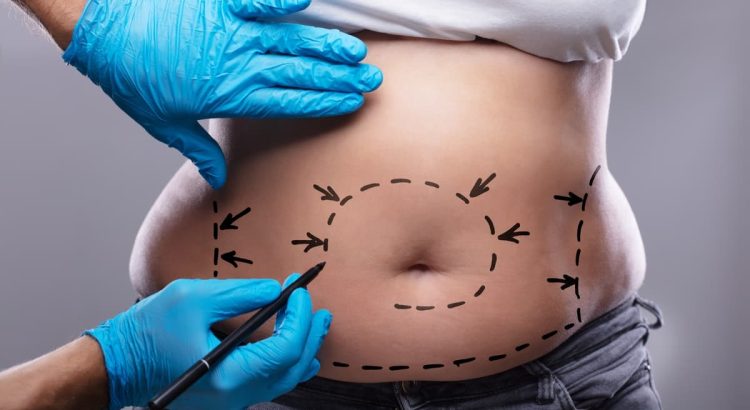Contents;
What Is Abdominoplasty Surgery?
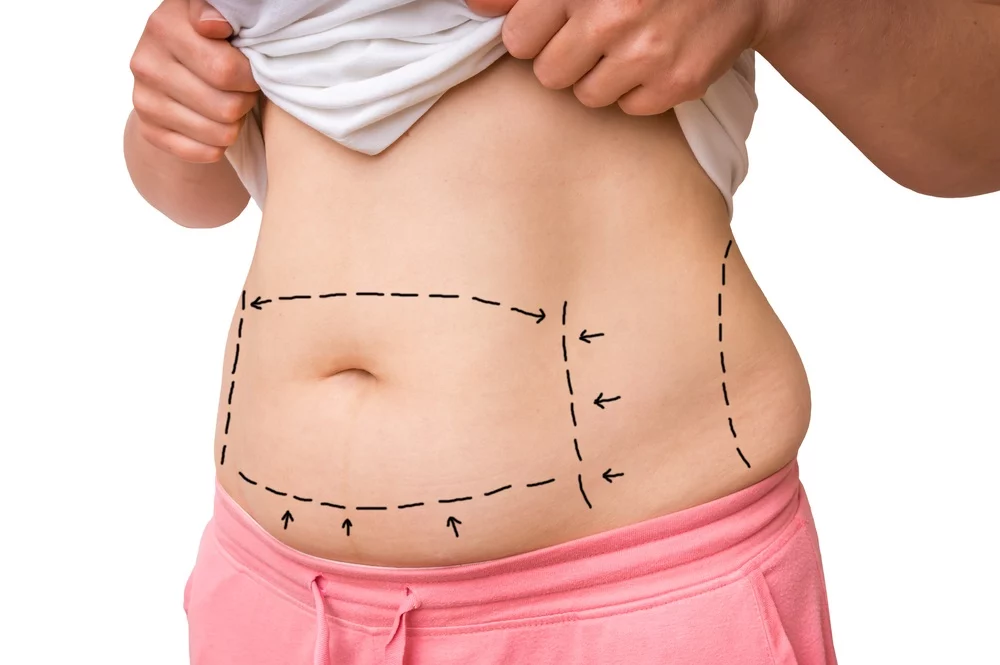
Abdominoplasty surgery, also known as a tummy tuck, is a cosmetic procedure that aims to improve the appearance of the abdominal region. This surgical procedure involves the removal of excess skin and fat from the abdomen, tightening the abdominal muscles, and repositioning the belly button to create a smoother and more toned stomach. This procedure is often sought after by individuals who have experienced significant weight loss, pregnancy, or aging and have excess skin and weakened abdominal muscles that cannot be addressed through diet and exercise alone.
During the procedure, the surgeon makes an incision along the lower abdomen, typically from hip to hip. The length and shape of the incision may vary depending on the extent of the correction needed. The skin and fat are then separated from the abdominal muscles, and any excess skin and fat are removed. The abdominal muscles may be tightened using sutures to create a firmer and more defined abdominal contour. Finally, the incisions are closed with sutures and dressings are applied to support the healing process.
Abdominoplasty surgery is not a one-size-fits-all procedure. It is important to consult with a qualified and experienced plastic surgeon to determine if you are a suitable candidate for this surgery. Individuals who have excess skin or fat deposits in the abdominal area, have weakened abdominal muscles, and have realistic expectations about the outcomes of the surgery are generally considered good candidates for abdominoplasty.
Who Is A Candidate For Abdominoplasty?
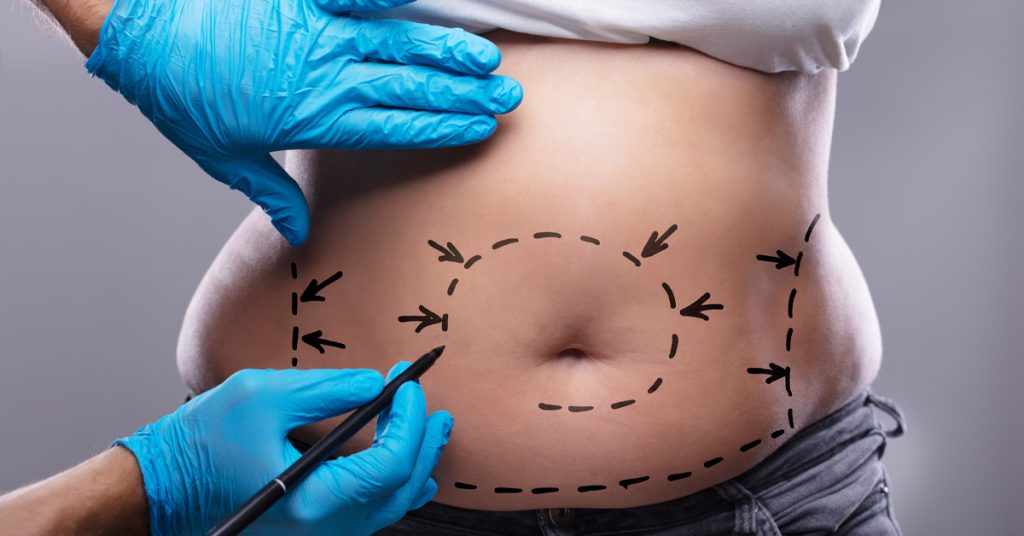
One of the key factors that determine whether someone is a candidate for abdominoplasty is their overall health. It is important to have a good general state of health and be free from any serious medical conditions that could increase the risks associated with surgery. This includes conditions such as heart disease, diabetes, and obesity.
Individuals who are at a stable weight are also more likely to be suitable candidates for abdominoplasty. It is recommended that individuals be within a reasonable range of their ideal body weight before considering this procedure. Patients who have undergone significant weight loss and have excess skin in the abdominal area may benefit from a tummy tuck to achieve a more proportionate body contour.
Non-smokers are preferred candidates for abdominoplasty, as smoking can impair the body’s healing process and increase the risk of complications during and after surgery. Smoking reduces blood flow and oxygen levels, making it more difficult for tissues to heal properly.
It is also important that individuals have realistic expectations about the outcome of the surgery. While abdominoplasty can provide significant improvements in the appearance of the abdominal area, it is not a substitute for weight loss or an alternative to a healthy lifestyle. It is important to understand that the results of abdominoplasty can vary from person to person and that the procedure alone may not achieve the desired goals.
Preparing For Abdominoplasty: What To Expect
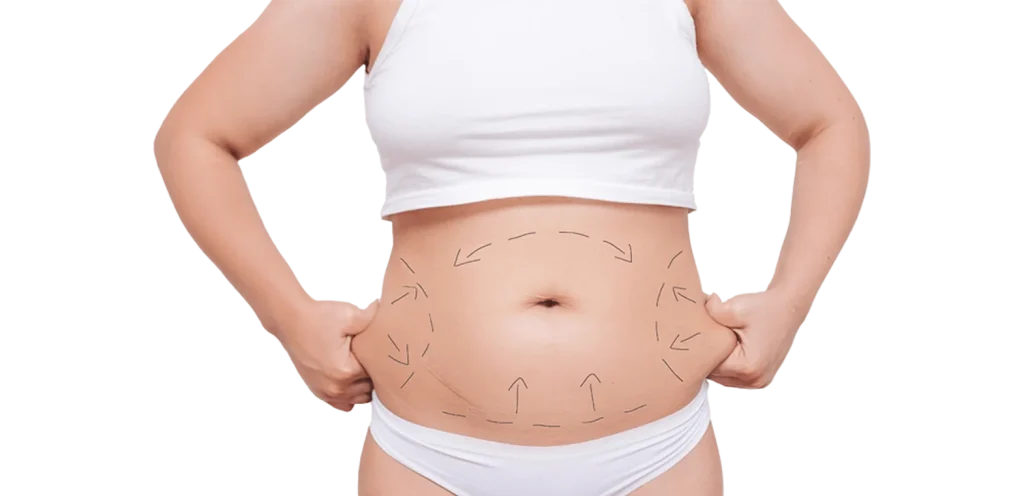
Before undergoing abdominoplasty, it is essential to determine if you are a suitable candidate for the procedure. Ideally, candidates should be in good overall health, have stable weight, and have realistic expectations about the outcome of the surgery. It is important to consult with a qualified plastic surgeon who can evaluate your individual circumstances and advise whether or not abdominoplasty is the right choice for you.
Preparing for abdominoplasty involves several steps to ensure a successful surgery and smooth recovery. Prior to the procedure, your plastic surgeon will provide you with specific instructions to follow. These may include quitting smoking, adjusting medication, and avoiding certain foods and supplements that can increase the risk of complications. Additionally, you may be required to undergo specific medical tests to ensure your overall health and suitability for the surgery.
- Setting realistic expectations: It is crucial to have a thorough understanding of what to expect during the recovery period and the final results after abdominoplasty. While the procedure can provide significant improvements in abdominal contour and appearance, it is important to remember that individual results may vary. Discuss your goals and expectations with your plastic surgeon to ensure a clear understanding of what can be achieved through abdominoplasty.
| Preparation before surgery: | Recovery after surgery: |
|---|---|
| – Follow your surgeon’s pre-operative instructions | – Take prescribed pain medications as directed |
| – Arrange for someone to drive you home after the surgery | – Wear a compression garment to support the healing process |
| – Avoid certain medications, supplements, and herbal remedies | – Avoid strenuous activities and heavy lifting for several weeks |
| – Quit smoking to enhance healing and reduce the risk of complications | – Attend follow-up appointments with your surgeon |
During the recovery period, it is important to follow all post-operative instructions provided by your plastic surgeon. This may include wearing a compression garment to support the healing process, taking prescribed pain medications as directed, and avoiding strenuous activities and heavy lifting for several weeks. To ensure optimal results and minimize the risk of complications, it is crucial to attend scheduled follow-up appointments with your surgeon.
Abdominoplasty surgery, like any surgical procedure, carries potential risks and complications. It is important to be aware of these before making a decision. Some possible risks include infection, bleeding, scarring, and temporary or permanent changes in sensation. Your plastic surgeon will discuss these risks with you during the consultation process and take necessary precautions to minimize them.
Ultimately, abdominoplasty can provide long-term results and improve body confidence. Maintaining a healthy lifestyle, including regular exercise and a balanced diet, can help maintain the effects of the surgery. It is important to consult with your plastic surgeon to develop a personalized plan for long-term maintenance after abdominoplasty.
The Different Types Of Abdominoplasty Procedures

There are several different types of abdominoplasty procedures that can be performed depending on the individual’s specific needs and goals. The most common types include:
- Complete abdominoplasty: This procedure involves a horizontal incision made between the hip bones, as well as an incision around the navel. It allows for extensive removal of excess skin and fat, and also involves tightening of the abdominal muscles.
- Mini abdominoplasty: Also known as a partial abdominoplasty, this procedure is performed on individuals who have less excess skin and fat in the lower abdomen. It involves a smaller incision and focuses on improving the appearance of the lower abdomen only.
- Extended abdominoplasty: This procedure is suitable for individuals who have excess skin and fat not only in the abdominal area but also in the flanks or sides. It involves a longer incision that extends further along the sides to allow for more extensive tissue removal.
Each type of abdominoplasty procedure has its own specific advantages and limitations. It is important for individuals to consult with a qualified plastic surgeon to determine which procedure is most suitable for their individual case.
| Type of Abdominoplasty Procedure | Advantages | Limitations |
|---|---|---|
| Complete Abdominoplasty | Allows for extensive removal of excess skin and fat | Requires a longer incision and more extensive recovery |
| Mini Abdominoplasty | Smaller incision and focused on the lower abdomen | Limited improvement for individuals with significant excess skin and fat |
| Extended Abdominoplasty | Addresses excess skin and fat in the flanks or sides | Longer incision and more extensive tissue removal |
It is essential to note that abdominoplasty procedures are major surgical operations and should not be taken lightly. They require careful consideration of the potential risks and complications that can arise, as well as proper preparation and post-operative care. It is always advised to seek a consultation with a board-certified plastic surgeon to discuss the different types of abdominoplasty procedures and determine the most appropriate approach for achieving desired results.
Recovery After Abdominoplasty: Tips And Timeline
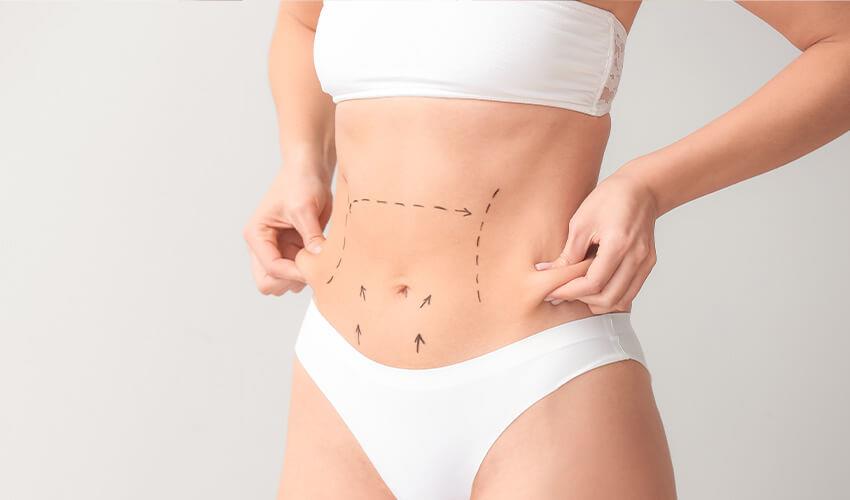
First and foremost, it is important to note that the recovery period after abdominoplasty can vary from individual to individual. Factors such as the extent of the surgery, the patient’s overall health, and individual healing abilities can all influence the recovery timeline. Generally, it takes about 2 to 4 weeks for the initial recovery phase, during which patients are advised to take time off work and limit physical activities. Full recovery may take several months or more.
During the first few days after the surgery, patients can expect to experience some discomfort, swelling, and bruising in the abdominal area. Your surgeon may prescribe pain medications to manage any pain or discomfort. It is important to follow the prescribed medication regimen and take any antibiotics as instructed to prevent infection.
- Avoid any strenuous activities and heavy lifting for at least six weeks following surgery.
- Wear a compression garment as directed by your surgeon to reduce swelling and provide support to the treated area. This garment should be worn consistently during the initial weeks of recovery.
- Follow a healthy diet and stay hydrated to aid in the healing process.
Furthermore, it is crucial to attend all follow-up appointments scheduled with your surgeon. These appointments allow your surgeon to assess your progress, remove any drains, and monitor your healing process. Your surgeon will also provide specific instructions on caring for your incisions, such as keeping them clean and dry, and may recommend scar treatments to minimize scarring.
| Timeframe | Recovery Milestones |
|---|---|
| First 1-2 weeks |
|
| 2-4 weeks |
|
| 4-6 weeks |
|
It is crucial to listen to your body during the recovery process. If you experience any unexpected or concerning symptoms, such as excessive pain, a fever, or drainage from the incision site, contact your surgeon immediately. Follow all instructions provided by your surgeon and do not hesitate to ask questions or seek clarification during your recovery.
Remember that each patient’s recovery experience can be unique, and the information provided here is a general guideline. Always consult with your surgeon for personalized instructions and recommendations based on your specific situation. By following your surgeon’s advice and taking proper care during the recovery period, you can increase the likelihood of achieving optimal results and a smooth recovery after abdominoplasty surgery.
Potential Risks And Complications Of Abdominoplasty
One of the primary risks associated with abdominoplasty surgery is infection. Like any surgical procedure, there is a risk of infection at the site of the incision. To minimize this risk, it is important to follow all post-operative instructions provided by your surgeon, including keeping the incision clean and dry, and taking any prescribed antibiotics as directed.
In addition to infection, there is also a risk of bleeding during or after abdominoplasty surgery. While your surgeon will take precautions to minimize bleeding, such as using advanced surgical techniques and using drains to remove excess fluid, it is possible for some bleeding to occur. If you experience excessive bleeding, contact your surgeon immediately.
- Another potential complication of abdominoplasty surgery is seroma formation. A seroma is a build-up of fluid underneath the skin, which can cause the area to become swollen and uncomfortable. To minimize the risk of seroma formation, your surgeon may place temporary drains to help remove excess fluid. It is important to follow all post-operative care instructions to reduce the risk of developing a seroma.
- In some cases, individuals may experience changes in sensation after abdominoplasty surgery. This can include numbness, tingling, or increased sensitivity in the abdominal area. While these changes in sensation are usually temporary, they can persist for several weeks or months. It is important to discuss any changes in sensation with your surgeon to ensure proper healing and identify any potential complications.
| Common Risks and Complications of Abdominoplasty |
|---|
| Infection |
| Bleeding |
| Seroma formation |
| Changes in sensation |
In rare cases, more serious complications can occur as a result of abdominoplasty surgery. These can include blood clots, pulmonary embolism, or adverse reactions to anesthesia. It is important to discuss these risks with your surgeon and follow all pre- and post-operative instructions to reduce the likelihood of these complications.
While the potential risks and complications of abdominoplasty surgery should not discourage individuals from considering the procedure, it is important to be fully informed and aware of the possible outcomes. By choosing a qualified and experienced surgeon, following all pre- and post-operative instructions, and maintaining a healthy lifestyle, the majority of individuals can achieve the desired results with minimal complications.
Long-Term Results And Maintenance After Abdominoplasty
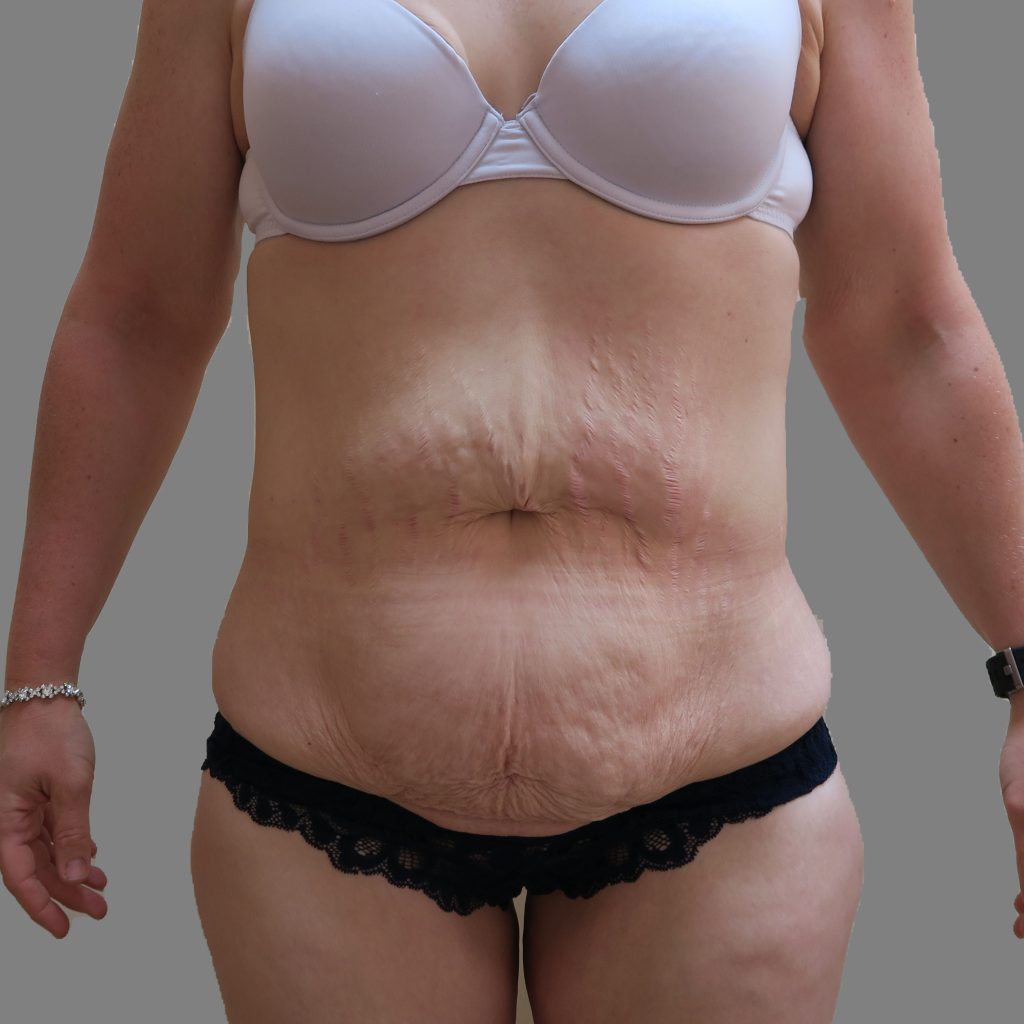
Abdominoplasty surgery, commonly known as a tummy tuck, is a popular cosmetic surgical procedure that can help patients achieve a flatter and more toned abdomen. While the immediate results of abdominoplasty can be impressive, it is important to understand the long-term results and the necessary maintenance required to ensure the longevity of the outcome.
One of the key factors in maintaining long-term results after abdominoplasty is adopting a healthy lifestyle. This includes maintaining a balanced diet and engaging in regular exercise. By incorporating nutritious foods and staying physically active, patients can prevent weight gain and abdominal fat accumulation, which can compromise the outcome of the procedure.
In addition to a healthy lifestyle, it is crucial to follow the post-operative instructions provided by the surgeon. These instructions may include wearing compression garments, avoiding strenuous activities, and taking prescribed medications. By adhering to these guidelines, patients can optimize the healing process and minimize the risk of complications that could impact long-term results.
- Furthermore, it is important to understand that the aging process will continue after abdominoplasty surgery. The natural effects of aging, such as skin laxity and muscle weakening, can affect the appearance of the abdomen over time. However, by maintaining a healthy lifestyle and practicing good skincare, patients can slow down the visible signs of aging and prolong the results of their abdominoplasty.
- Regular follow-up appointments with the surgeon are also essential for long-term maintenance after abdominoplasty. These appointments allow the surgeon to assess the healing progress, address any concerns or complications, and provide further guidance on maintaining the results. It is important to communicate openly with the surgeon during these appointments and follow their recommendations for optimal long-term outcomes.
In conclusion, while abdominoplasty surgery can provide significant improvements to the appearance of the abdomen, it is essential to commit to long-term maintenance. By adopting a healthy lifestyle, following post-operative instructions, understanding the effects of aging, and maintaining regular follow-up appointments, patients can enjoy the long-lasting results of abdominoplasty and continue to have a toned and rejuvenated abdomen.
